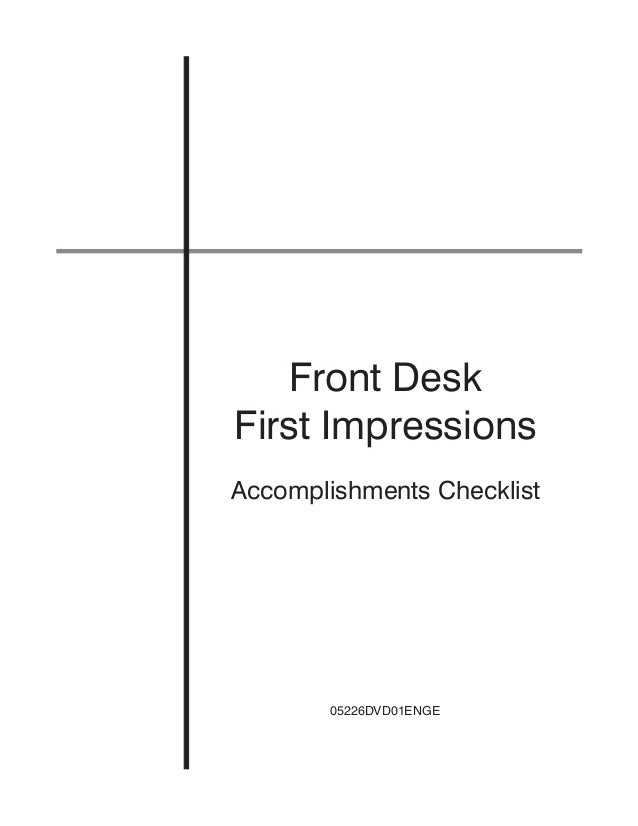Medical Front Desk Training Manual
| This page is part of the Ophthalmic Assistant Basic Training Course. |
IntroductionThe primary duties of receptionist / front desk personnel include patient check-in and check-out, payment processing, and answering telephone calls. There may be other duties, depending upon the needs of your employer. Front desk personnel may help with dispensing contact lenses, giving contact lens insertion / removal lessons, reading glasses prescriptions, and using the autorefractor. Being able to effectively and efficiently answer phone calls and schedule appointments demands some knowledge of how an eye care practice operates. This course is designed to give you basic knowledge in that regard. You will learn telephone techniques. You will learn about common eye diseases and treatments, basic facts about glasses and contact lenses, and how to use the autolensometer. You will also learn about confidentiality and ethics in relation to a medical practice. Eye care team membersOphthalmologist: An ophthalmologist is an MD who specializes in eye care. An ophthalmologist diagnoses and treats eye diseases with the full range of treatment options at his/her disposal, including prescription drugs and surgery. There are several sub-specialties including glaucoma, refractive surgery, cornea, and retina. Optometrist: The education of an optometrist includes 4 years of optometry school after receiving an undergraduate degree, resulting in a doctor of optometry (OD). The optometrist prescribes glasses and contact lenses. They also examine the eye for diseases. The ability of the optometrist to treat diseases is limited. This varies from state to state. If the optometrist diagnoses a disease that he/she cannot treat, the patient is referred to an ophthalmologist for treatment. Optician: The optician dispenses and repairs glasses. This involves helping the customer select an appropriate frame and explaining options regarding lenses. The optician makes measurements to insure that the lenses fit properly to the frame. An optician may have to be licensed, or not, depending upon state regulations. Some opticians work in an optical lab, making glasses. Ophthalmic Nurse: This is usually an RN who works in the field of eye care. Most are employed in hospitals or surgery centers were they assist the ophthalmologist with surgical procedures. Ophthalmic Medical Personnel (OMP): The designation generally refers to any non-doctor who works with patients in eye care, certified or not. Ophthalmic Assistant: An ophthalmic assistant my be certified or not. A certified assistant uses the designation 'COA'. An assistant who works for an ophthalmologist is eligible to take the certification exam after one year of continuous work experience. A graduate of a COA school is eligible to take the exam without any work experience outside of the school curriculum. Ophthalmic Technician: An OMP usually does not claim to be a technician unless he/she is certified. A certified ophthalmic technician uses the designation 'COT'. A COA is eligible to take the COT certification exam after one year of work as a COA. A graduate of a COT school is eligible to take the exam without any work experience outside of the school curriculum. Ophthalmic Technologist: An OMP who is a certified ophthalmic technologist uses the designation 'COMT'. A COT is eligible to take the COMT exam after 3 years of work experience as a COT. A graduate of a COMT school is eligible to take the exam without any work experience outside of the school curriculum. Certified Retinal Angiographer (CRA): This OMP is an ophthalmic imaging specialist who is certified by the Ophthalmic Photographer's Society (OPS). There is also a certification status for Optical Coherence Tomography. Certified Orthoptist (CO): This OMP is certified to provide testing and treatment related to eye muscles and movements of the eyes. Certified Paraoptometric (CPO), Certified Paraoptometric Assistant (CPOA), and Certified Paraoptometric Technician (CPOT): These OMP hold certifications similar to COAs and COTs, with the difference that they work for optometrists instead of ophthalmologists. There are other, less common, certifications in eye care. Many of these OMP levels of certification are attainable through on-the-job training. It is common for front desk personnel to move on to become certified assistants and technicians. |
Computer skillsGood computer skills are required for almost any job these days, and the receptionist / front desk position is no exception. Although many medical offices have not yet transitioned to electronic medical records (EMR), almost every medical office has software for billing and for tracking patient appointments. Your training in this area will be specific to the software that your office uses. In general, good typing skills and a good knowledge of the Windows environment are essential. |
Be a good employeeThe opportunities for advancement within health care fields are generally excellent. Should you be hired as a receptionist / front desk person, your employer may be observing your character and work habits with an eye toward encouraging you to take on more responsibility, or not. Old fashioned values like honesty, integrity, being considerate of others, and hard work are important. A famous person once said that 60% of life is just showing up. In other words, be on time and be ready to work. |
| Back to top |


- Improving Front Desk Operations with NextGen Slideshare uses cookies to improve functionality and performance, and to provide you with relevant advertising. If you continue browsing the site, you agree to the use of cookies on this website.
- Sample Office Procedures Page 5 of 98 January 2004 1. MEDICAL OFFICE FACILITY STANDARDS Policy The medical office will be clearly identified on the exterior of the building. The office will be identified near the street entrance and at the front door entrance. Facilities must be accessible to the physically disabled.
Medical Front Desk Training Manual
UTILIZING THIS MANUAL The policy and procedure manual is essential to the efficient operation of every medical practice. Its purpose is multifold: to serve as a training and orientation guide for new employees, to serve as an ongoing reference for staff, and to serve as a risk management tool that lowers liability exposure in the office. Your Office Procedures Manual contains detailed information on every task that is done in the practice. It differs from the Employee Handbook which conveys basic information about employment at your practice. You'll also want to use your office procedures manual as part of the training for new staff members. The front desk (office), a term used for the reception area at a medical facility and its personnel (receptionists), is one of the unsung heroes of multi-tasking and keeping. Most unique front office training manual in the market. 231 Professionally written Hotel Front Office Standard Operating Procedures (SOP) collection. Highly recommended for professional front office staffs in hotel or restaurant and hotel management students. No practical experience needed.